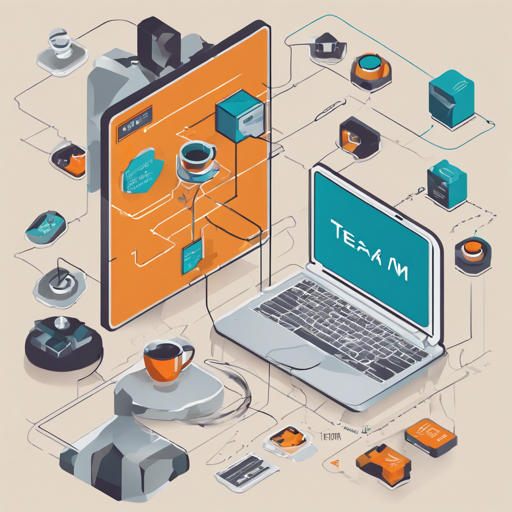Welcome to your one-stop resource for learning how to build and embed TeaVM, a powerful tool for translating Java bytecode into JavaScript. This guide will cover everything from getting started to embedding TeaVM in your projects, along with troubleshooting tips to keep you on track.
Getting Started with TeaVM
Before diving into the depths of development, ensure you have the necessary tools installed. You can start by visiting the Getting Started guide on the official TeaVM documentation. Here’s a quick glance at the steps involved:
- Clone the source code using the command: git clone https://github.com/konsoletyper/teavm.git
- Run Gradle build using: ./gradlew publishToMavenLocal or gradlew.bat publishToMavenLocal
Note: For best results, consider building samples separately as per the information in the corresponding README file.
Useful Gradle Tasks
While working with TeaVM, you will find various Gradle tasks helpful for your development process. One of the most important tasks is:
- :tools:classlib-comparison-gen:build – Generates a Java class library compatibility report, which is accessible at tools/classlib-comparison-gen/build/jcl-support.
Embedding TeaVM in Your Projects
If you find Maven to be constraining or prefer a different approach, you can embed TeaVM directly into your program. Imagine TeaVM as a versatile toolbox. You can customize it to suit your needs, whether you’re using Gradle, Ant, or any other build tool.
You can start by exploring the org.teavm.tooling.TeaVMTool class from the teavm-tooling artifact. If you want a more in-depth experience, dig into the org.teavm.vm.TeaVM from the teavm-core artifact. However, remember that the APIs for embedding are still unstable and may change between versions, akin to trying to predict weather patterns in a storm!
WebAssembly Support
TeaVM also has experimental support for WebAssembly. However, it still requires a bit of manual effort and lacks comprehensive documentation. This is similar to trying to assemble a complex piece of furniture without clear instructions. To start:
- Check the samples/benchmark module.
- Examine the pom.xml file to understand how to build a wasm file from Java.
- Explore index-teavm.html and index-teavm.js to learn how to embed WebAssembly into your web page.
Troubleshooting Tips
It’s common to encounter hiccups along the way. Here are some troubleshooting strategies:
- Ensure that all paths in your configuration files are correct.
- Check for missing dependencies that might halt your build process.
- Look into the project’s issue tracker for similar problems others have faced.
- If you’re stuck, consider reaching out via email at info@teavm.org.
For more insights, updates, or to collaborate on AI development projects, stay connected with fxis.ai.
License
TeaVM is distributed under the Apache License 2.0. Be mindful that TeaVM operates independently of OpenJDK or any (L)GPL licensed code, ensuring a smooth experience.
At fxis.ai, we believe that such advancements are crucial for the future of AI, as they enable more comprehensive and effective solutions. Our team is continually exploring new methodologies to push the envelope in artificial intelligence, ensuring that our clients benefit from the latest technological innovations.
Conclusion
Armed with this guide, you’re ready to embark on your journey with TeaVM. Don’t hesitate to explore further and experiment with your newfound skills. Happy coding!

